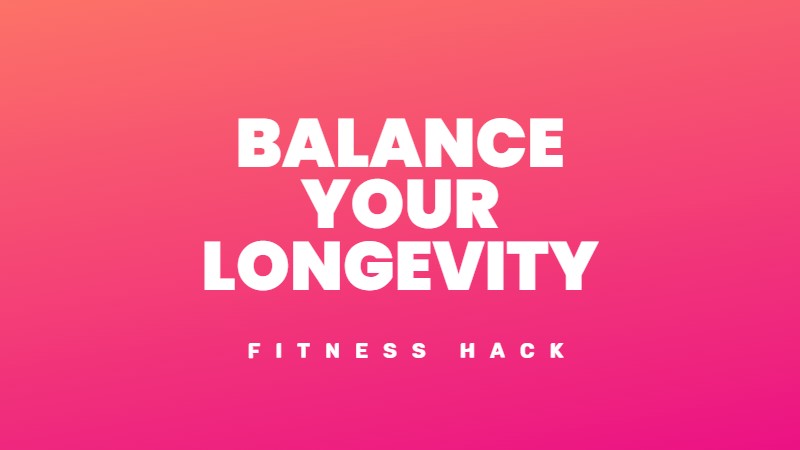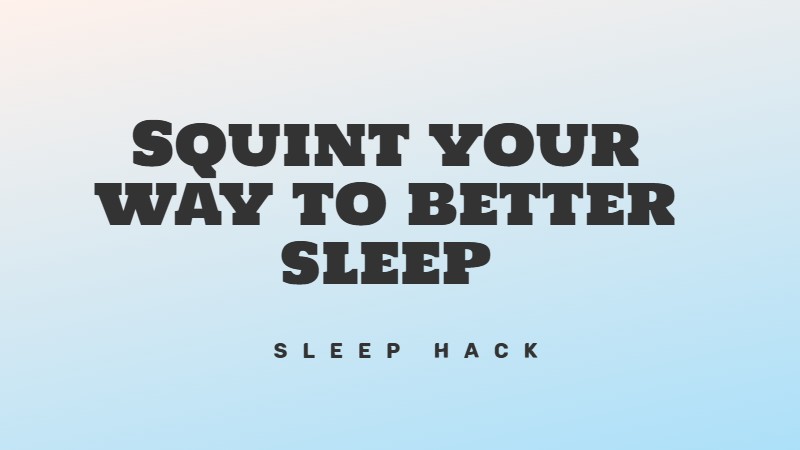That presentation next week keeps you awake at night. Your stomach churns every time you think about the job interview. The wedding toast you need to give feels like climbing Mount Everest. We all know this creeping dread that builds as an important event approaches.
What if you could take a pill that would instantly calm those nerves? What if that pill existed only in your imagination and worked just as well as the real thing?
Scientists prove you can calm your nerves by visualising taking anti-anxiety medication
Scientists at the University of Basel discovered something remarkable when they studied stressed college students preparing for exams. They gave one group detailed instructions to imagine taking an anti-anxiety pill twice daily for three weeks. Students had to picture the packaging, feel themselves popping the pill from foil, bring it to their mouth, and sense themselves swallowing it.
The results? Students who took this “imaginary pill” felt significantly less test anxiety than those who simply tracked their stress levels. Even better, their exam performance improved.
The participants who took an imaginary pill experienced less test anxiety than control participants who were simply asked to report their anxiety levels as the exam approached. And their performance was significantly better. (Jens Gaab, University of Basel)
This study reveals something powerful about how our brains work: what we vividly imagine can change our physical and emotional state just as much as real experiences.
Why your brain falls for the imaginary pill
Your brain treats imagined experiences much like real ones. When you vividly picture taking medication, your neural pathways fire the same way they would if you actually swallowed a real pill. This triggers your body’s natural healing and calming responses.
The placebo effect has been documented for decades in medical research. Patients who believe they’re receiving treatment often experience real symptom relief, even when taking sugar pills. The Swiss study proves we can activate this same response without any physical pill at all. Just the power of detailed imagination.
The magic happens because your brain expects relief, so it creates relief. Your nervous system responds to that expectation by reducing stress hormones and activating calming neurotransmitters.
Benefits of the imaginary pill technique
This mental trick does four things that directly combat anxiety:
How to take your imaginary anti-anxiety pill
Step 1: Create your pill
Picture a specific anti-anxiety medication in front of you. Make it detailed—what color is it? What shape? Is it in a bottle or blister pack? The more specific your mental image, the more convincing it becomes to your brain.
Step 2: Feel the packaging
Imagine reaching for the medication. Feel the weight of the bottle in your hand or the texture of the foil packaging. Hear the sound of the bottle opening or the foil crinkling as you press the pill through.
Step 3: Take the pill
Picture yourself placing the pill on your tongue. Feel its weight and texture. Imagine taking a sip of water and feeling the pill sliding down your throat as you swallow.
Step 4: Expect relief
Tell yourself this pill will calm your nerves about the upcoming event. Set the expectation that within 10-15 minutes, you’ll feel noticeably more relaxed and confident.
Step 5: Notice the effects
Pay attention to any physical sensations of relaxation that follow. Your shoulders might drop, your breathing might deepen, or tension in your jaw might release. These real changes reinforce the placebo effect.
Best practices for maximum effect
Common questions about the technique
“Isn’t this just lying to myself?”
Your brain naturally creates placebo responses when it expects healing. You’re simply directing that natural ability toward anxiety relief.
“What if I don’t believe pills work?”
Focus on the act of self-care rather than medication specifically. You’re giving yourself something to help with stress—that intention alone can be powerful.
“How quickly will I feel results?”
Many people notice some immediate relaxation, but the effects typically strengthen over several days of practice.
“Can I use this for other types of anxiety?”
Yes, this technique works for any anxiety-provoking situation, not just specific events.
Ekstra tips
Advanced techniques
Once you’ve mastered the basic imaginary pill technique, you can combine it with these methods for even stronger effects:
The science behind imaginary medicine
The University of Basel study isn’t isolated research. Decades of placebo studies show that believing in treatment creates real physiological changes. Brain scans reveal that placebo responses activate the same neural pathways as actual medications.
Your imagination directly influences your nervous system. When you picture taking calming medication, your brain reduces cortisol production and increases feel-good neurotransmitters like serotonin and dopamine.
This isn’t about positive thinking or motivation. It’s about biological responses to expectation. Your body prepares for the relief you’ve told it to expect.
Mental rehearsal is like a dress rehearsal for your brain. The more you practice calm responses in your mind, the more natural they feel when stress arrives. (Dr. Sarah Chen, Sports Psychologist)
Den nederste linje
You don’t need a prescription to access your brain’s natural anxiety-relief system. The Swiss students proved that imagined medication can be just as effective as real treatment for reducing pre-event stress.
Your brain doesn’t distinguish between vividly imagined experiences and real ones. When you convincingly picture taking anti-anxiety medication, your body responds with actual calm. This isn’t self-deception; it’s a smart use of your brain’s built-in healing mechanisms.
Next time anxiety starts building about an upcoming event, reach for your imaginary medicine cabinet. The relief you create in your mind becomes real relief in your body.




Giv feedback om dette